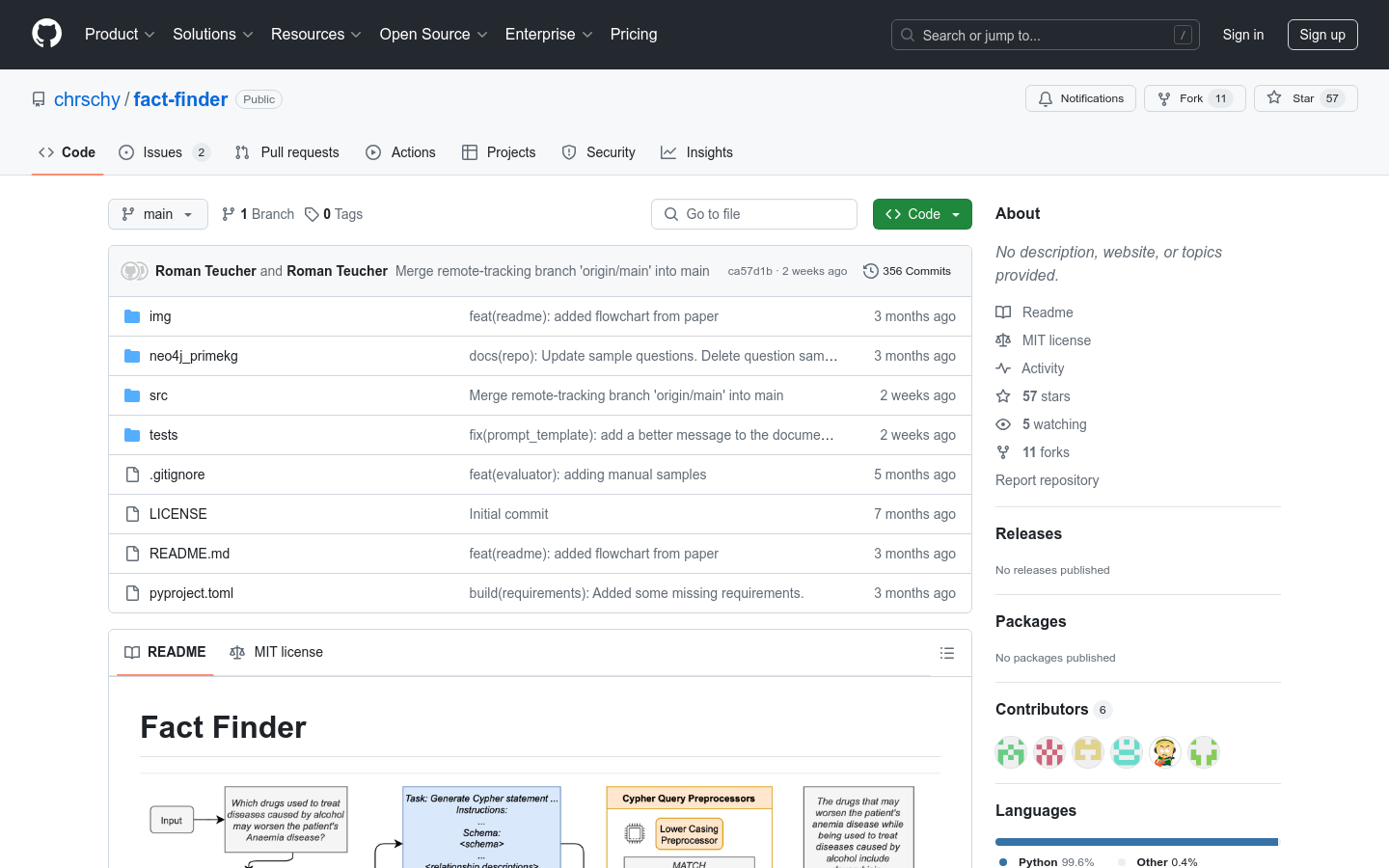💻
programming Category
AI knowledge graph
Found 10 AI tools
10
tools
Primary Category: programming
Subcategory: AI knowledge graph
Found 10 matching tools
Related AI Tools
Click any tool to view details
Related Subcategories
Explore other subcategories under programming Other Categories
💻
Explore More programming Tools
AI knowledge graph Hot programming is a popular subcategory under 10 quality AI tools









